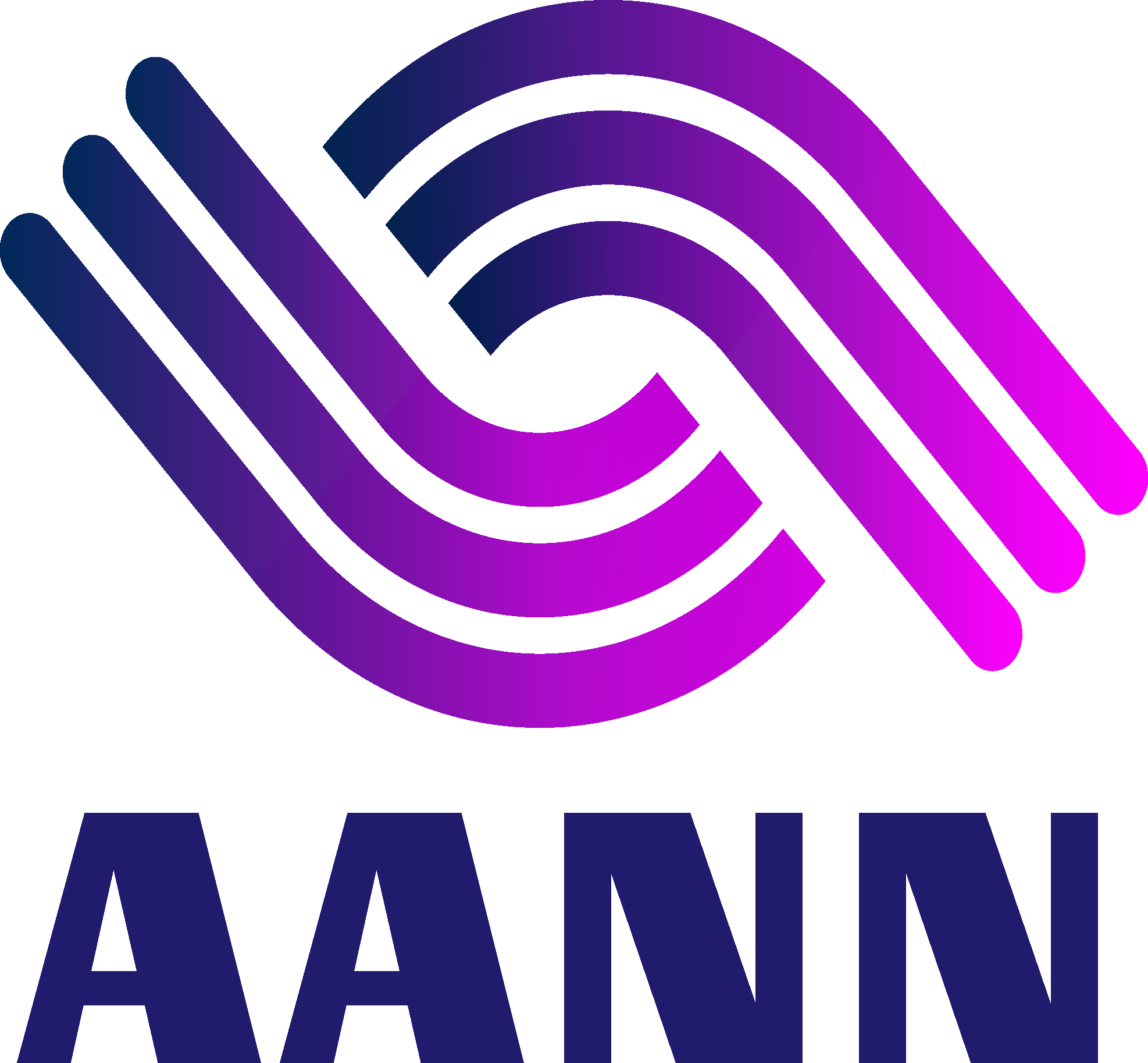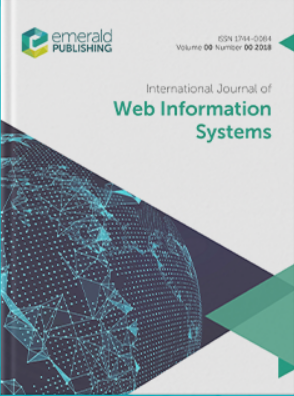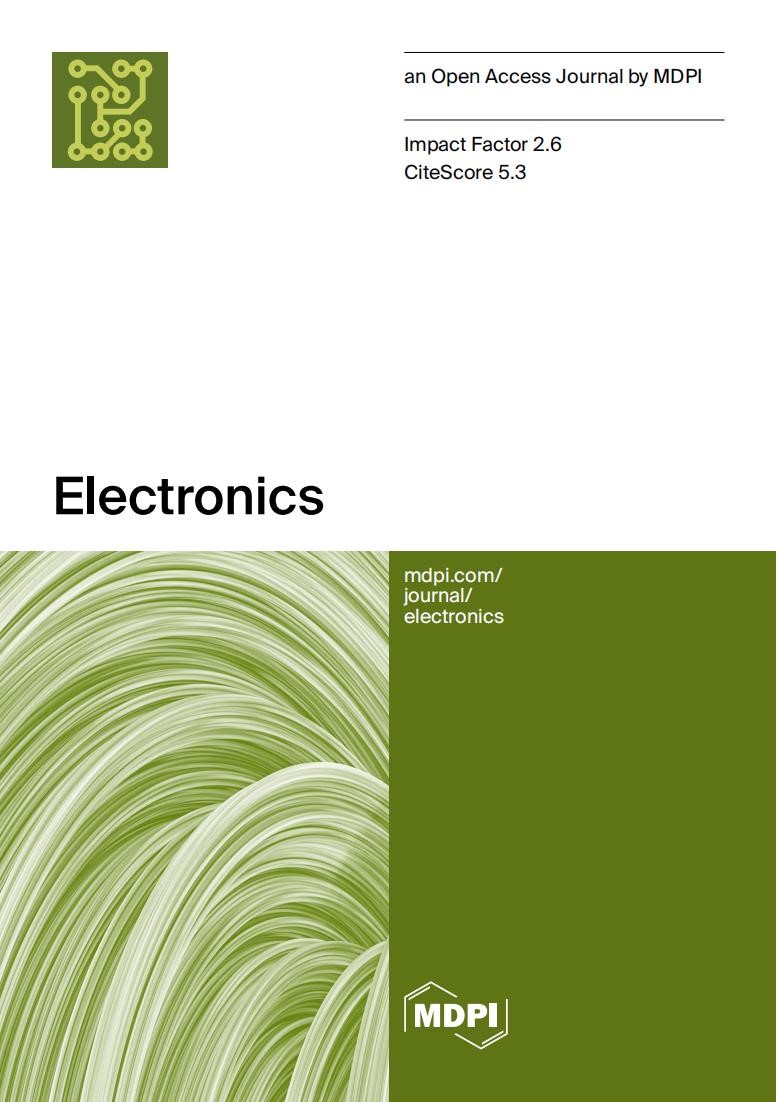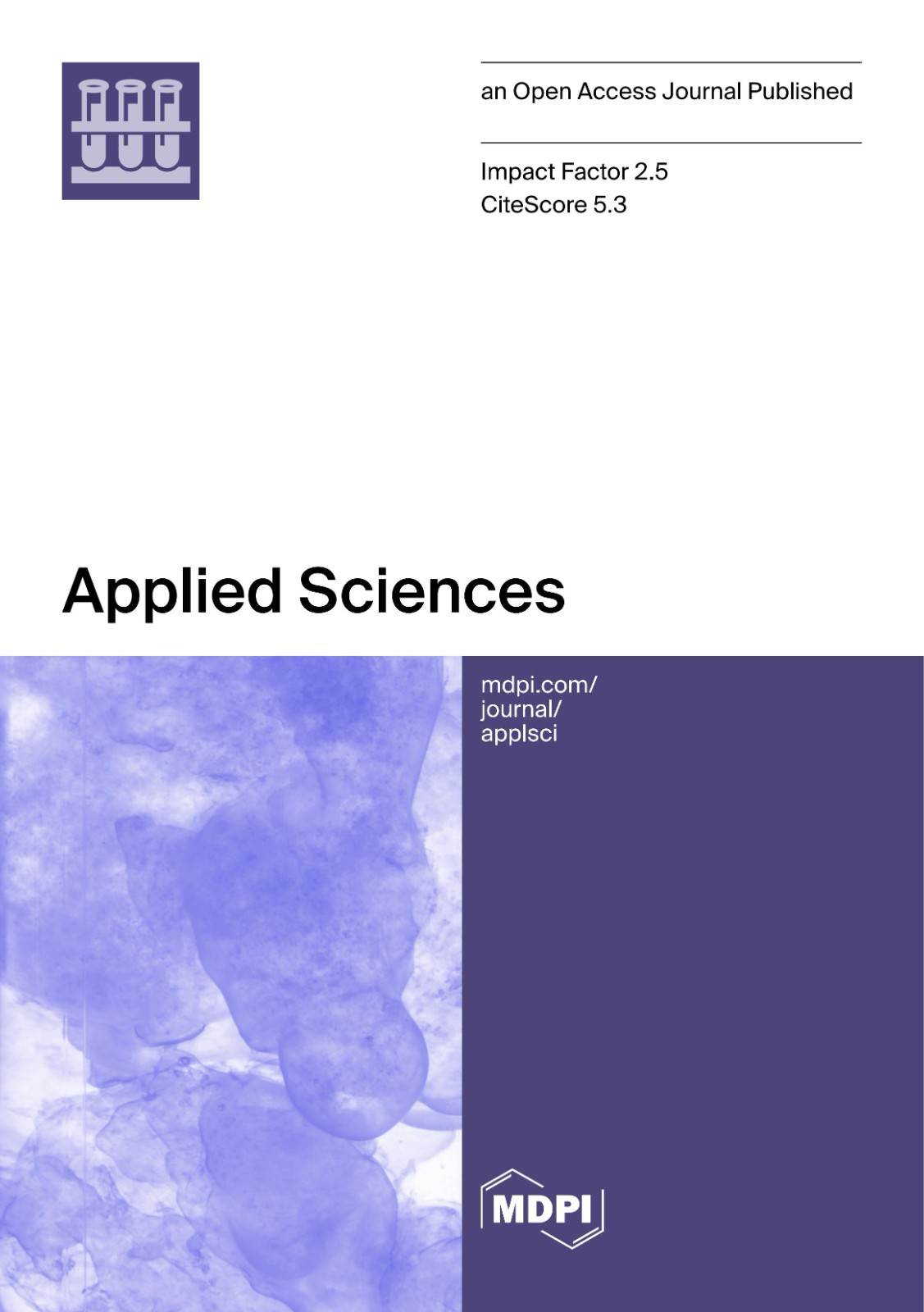
Journal Recommendation
Call for Papers for the Special lssue "Responsible and Federated Foundation Models for IIoT"
Guest Editor:

Weishan Zhang (zhangws@upc.edu.cn), China University of Petroleum (East China), China
Paolo Bellavista (paolo.bellavista@unibo.it), University of Bologna, Italy
Lu (Qinghua.Lu@data61.csiro.au), Data61, CSIRO, Australia
Xiaokang Zhou (zhou@biwako.shiga-u.ac.jp), Shiga University, Japan
Chonggang Wang (CGWANG@IEEE.org), InterDigital, USA
Special Issue Introduction
The IEEE Internet of Things Special Issue on Credible and Federated Foundation Models for IIoT strives to comprehensively address various facets intertwined with credible federated learning and foundation models within the domain of IIoT. We invite authors to submit their latest original research results on the following topics, but are not limited to:
Cross-modal and multimodal foundation models for IIoT
Refinement of foundation models through fine-tuning for IIoT
Learning paradigm for training foundation models via federated learning for IIoT
Collaboration mechanisms between foundation models and small models
Federated unlearning approach for foundation models after organizational changes in the IIoT
Federated retrieval augmented generation (RAG)
Framework for fusion or collaboration between foundation models
Reasoning optimization of foundation models and federated learning for IIoT
Ensuring responsibility of IIoT using Federated Learning and Foundation Models
Optimization strategies for Federated Learning and/or pre-training foundation models targeted at IIoT applications
Establishing large foundation model repositories for IIoT applications
Federated life long learning and AI governance control in IIoT
Responsible AI engineering for foundation model-based industrial applications
About IEEE Internet of Things Journal
 | The IEEE IoT Journal (IoT-J), ISSN: 2327-4662, launched in 2014 (“Genesis of the IoT-J“), publishes papers on the latest advances, as well as review articles, on the various aspects of IoT. Topics include IoT system architecture, IoT enabling technologies, IoT communication and networking protocols, IoT services and applications, and the social implications of IoT. Examples are IoT demands, impacts, and implications on sensors technologies, big data management, and future internet design for various IoT use cases, such as smart cities, smart environments, smart homes, etc. The IEEE IoT Journal is indexed in SCIE Q1, CAS Q1.10.6 Impact Factor (JCR’22). |
Call for Papers for the Special lssue "Brain-Like Cognition based Continual Learning and Applications for IJWIS"
The outstanding manuscripts of this conference will be recommended for submission to this special issue.
Key Topics
Brain-like cognition-driven approaches to continual learning.
Brain memory mechanisms for enhancing continual learning in foundation models.
Brain-inspired multimodal foundation model fine-tuning, reasoning.
Personalized solutions for cross-task and cross-distribution continual learning.
Transparency and interpretability in continual learning models.
Brain-inspired trustworthy distributed federated learning.
Brain-inspired collaborative paradigms between foundation models and classical small models. · Brain-inspired generative artificial intelligence.
Applications of continual learning in real-world domains, including healthcare, robotics, autonomous driving, smart education, etc.
Brain-like continual learning in embodied intelligence systems, including robotics, sensorimotor control, and interactive environments.
Submission Information
Submissions are made using ScholarOne Manuscripts. Registration and access are available here:https://mc.manuscriptcentral.com/ijwis
Author guidelines must be strictly followed. Please see:https://www.emeraldgrouppublishing.com/journal/ijwis#jlp_author_guidelines
Key Dates
Closing date for submissions: 31 October 2025
About International Journal Of Web Information Systems(ISSN: 1744-0084)
 | International Journal of Web Information Systems (IJWIS) provides a global platform for state-of-the-art research on the impact of information systems and infrastructure in its application in society. The list of possible topics includes, but is not limited to: Web semantics、Web intelligence 、Web databases、Web data integration、Web social computing、Web security and privacy、Web service and Workflow ·Journal Rank: JCR - Q2 (Computer Science, Information Systems) / Chinese Academy of Sciences - Zone 4 (Computer Science, Information Systems) ·Impact Factor: 2.5 (2023) |
Call for Papers for the Special lssue "Electronics"
The outstanding manuscripts of this conference will be recommended for submission to this special issue.
About Electronics
 | Electronics (ISSN:2079-9292) is an international, peer-reviewed, open access journal on the science of electronics and its applications published semimonthly online by MDPI. ·Rapid Publication: manuscripts are peer-reviewed and a first decision is provided to authors approximately 16.8 days after submission; acceptance to publication is undertaken in 2.6 days (median values for papers published in this journal in the first half of 2024). ·High Visibility: indexed within Scopus, SCIE (Web of Science), CAPlus / SciFinder, Inspec, and other databases. ·Journal Rank: JCR - Q2 (Physics, Applied) / CiteScore - Q2 (Control and Systems Engineering) / Chinese Academy of Sciences Zone 4 (Comprehensive Journals) ·Impact Factor: 2.6 (2023); 5-Year Impact Factor: 2.6 (2023) |
Call for Papers for the Special lssue "Applied Sciences"
The outstanding manuscripts of this conference will be recommended for submission to this special issue.
About Applied Sciences(ISSN: 2076-3417)
 | Applied Sciences is an international, peer-reviewed, open access journal on all aspects of applied natural sciences published semimonthly online by MDPI. ·Journal Rank: JCR - Q1 (Engineering, Multidisciplinary) / CiteScore - Q1 (General Engineering) / Chinese Academy of Sciences - Zone 4 (Engineering and Technology) ·Rapid Publication: manuscripts are peer-reviewed and a first decision is provided to authors approximately 17.8 days after submission; acceptance to publication is undertaken in 2.7 days (median values for papers published in this journal in the first half of 2024). ·High Visibility: indexed within Scopus, SCIE (Web of Science), Inspec, CAPlus / SciFinder, and other databases. ·Impact Factor: 2.5 (2023); 5-Year Impact Factor: 2.7 (2023) |